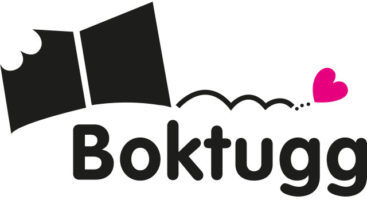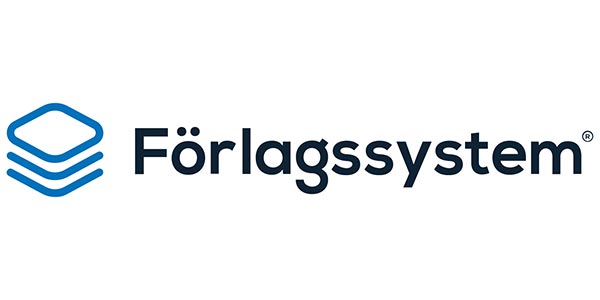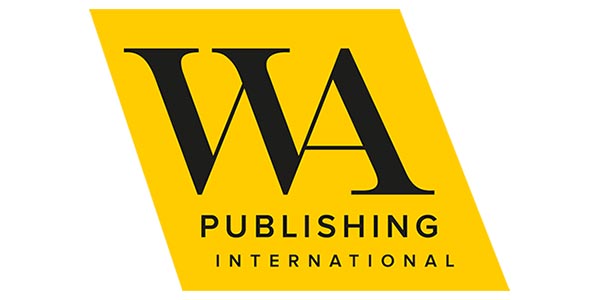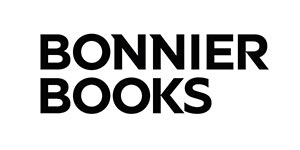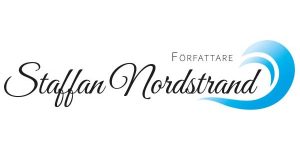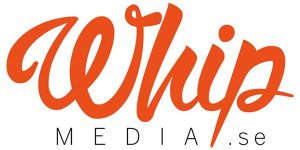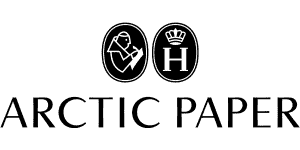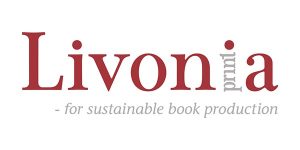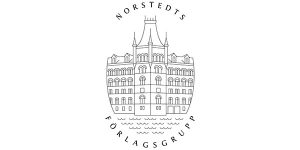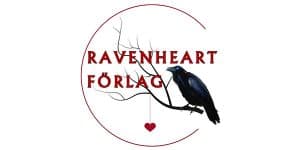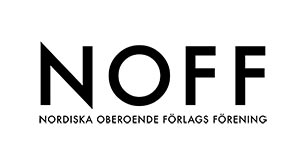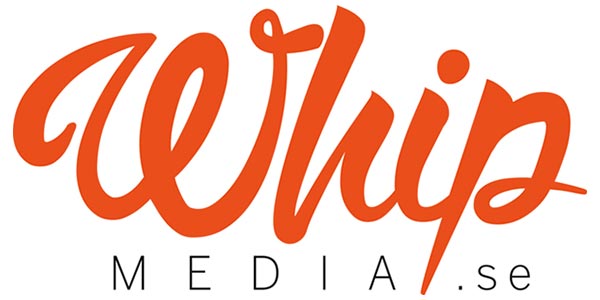
U-BARN

| Författare | |
|---|---|
| Förlag | OEI editör |
| Genre | Konst |
| Format | Häftad |
| Språk | Engelska |
| Vikt | 150 gr |
| Utgiven | 2012-06-11 |
| ISBN | 9789185905416 |
OEI editör in collaboration with Amundön presents the first dvd edition of Öyvind Fahlström’s short film U-BARN from 1968. This edition also includes three booklets with an essay on Fahlström’s relation to film (in fact the first more comprehensive essay on this subject), an interview with Stefan Jarl (who was production manager for U-BARN), and transcriptions in Swedish and English of the dialogue track in the film, as well as images and documents related to Fahlström’s film productions in Sweden.
“[U-BARN] was based on a few simple things: combining some forms of societal imprinting through education and advertisement, some educational situations and an old commercial. And then genetic imprinting, i.e., handicaps of some kind, and show how children behave in a class situation in that case. But some facts about LSD are included and some voices that happen to be me and another person talking about the effects of it and they are combined with images of that kind, from therapeutic experiments at a mental hospital. For a long time it remains on a kind of immobile, introverted plane with different levels of consciousness, and then there is the breakout, that is the outwardly activating insight, the story of the crown prince and the draft.” (Fahlström interviewed by Leif Nylén and Mats G. Bengtsson in Paletten # 3 1968.)
While well-known for his inventive and various visual art (paintings, collages, installations), for his concrete poetry and his “concretist” manifesto “Hätila ragulpr på fåtskliaben” (“HIPY PAPY BTHUTHDTH THUTHDA BTHUTHDY”) from 1953, and, at least in some contexts, for his radio art, happenings, and plays, Fahlström’s relation to film belongs to the more unexplored territories of his multifarious work. Even so, film was part of his aesthetic interests from the very beginning, and it was an interest that would linger on during the decades to come. Eventually, during the late 1960s and early 1970s, it would also result in the production of a handful of films, of which the most well-known is perhaps Du gamla, du fria (“Provocation”) from 1972. U-BARN, though, is Fahlström’s most experimental and complex film, why we are very happy to be able to make it available to a Swedish as well as an international audience. The dialogue in U-BARN is extremely literal and embedded in specific contexts of learning and protest. As a conventional subtitling would be impossible due to Fahlström’s highly complex sound work, which actively resists a normalizing treatment, we have chosen to publish the dialogue track as a transcription in a separate booklet (in Swedish as well as in English).
“[U-BARN] was based on a few simple things: combining some forms of societal imprinting through education and advertisement, some educational situations and an old commercial. And then genetic imprinting, i.e., handicaps of some kind, and show how children behave in a class situation in that case. But some facts about LSD are included and some voices that happen to be me and another person talking about the effects of it and they are combined with images of that kind, from therapeutic experiments at a mental hospital. For a long time it remains on a kind of immobile, introverted plane with different levels of consciousness, and then there is the breakout, that is the outwardly activating insight, the story of the crown prince and the draft.” (Fahlström interviewed by Leif Nylén and Mats G. Bengtsson in Paletten # 3 1968.)
While well-known for his inventive and various visual art (paintings, collages, installations), for his concrete poetry and his “concretist” manifesto “Hätila ragulpr på fåtskliaben” (“HIPY PAPY BTHUTHDTH THUTHDA BTHUTHDY”) from 1953, and, at least in some contexts, for his radio art, happenings, and plays, Fahlström’s relation to film belongs to the more unexplored territories of his multifarious work. Even so, film was part of his aesthetic interests from the very beginning, and it was an interest that would linger on during the decades to come. Eventually, during the late 1960s and early 1970s, it would also result in the production of a handful of films, of which the most well-known is perhaps Du gamla, du fria (“Provocation”) from 1972. U-BARN, though, is Fahlström’s most experimental and complex film, why we are very happy to be able to make it available to a Swedish as well as an international audience. The dialogue in U-BARN is extremely literal and embedded in specific contexts of learning and protest. As a conventional subtitling would be impossible due to Fahlström’s highly complex sound work, which actively resists a normalizing treatment, we have chosen to publish the dialogue track as a transcription in a separate booklet (in Swedish as well as in English).
